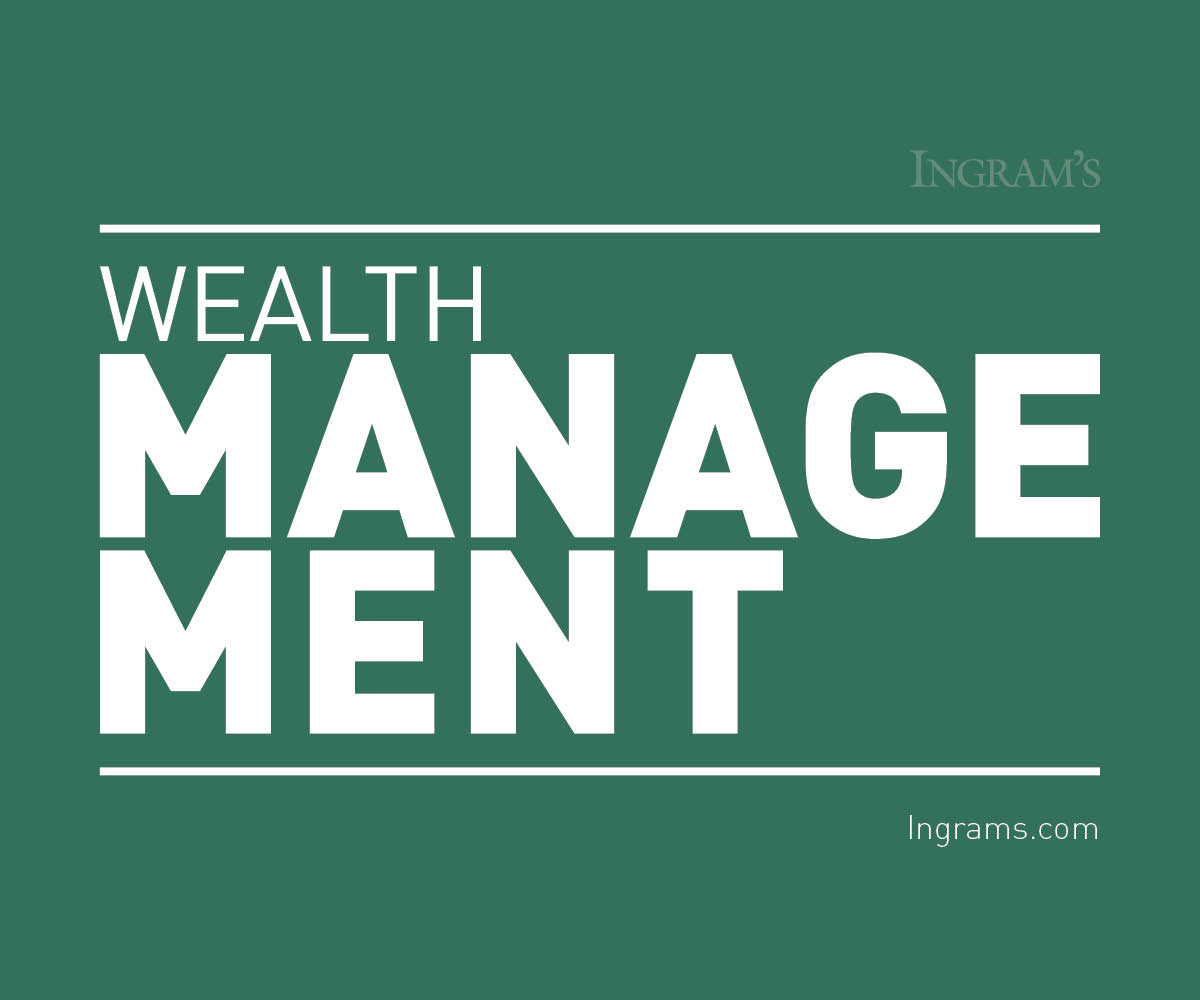HOME | ABOUT US | MEDIA KIT | CONTACT US | INQUIRE
HOME | ABOUT US | MEDIA KIT | CONTACT US | INQUIRE
Proper wealth management, like most things, requires a sense of balance.
 */?>
*/?>
In Chinese philosophy, yin and yang describe how seemingly opposite or contrary forces may actually be complementary, interconnected and interdependent in the natural world. When you look at portfolio management, passive (indexing) and active strategies are the yin and yang of investing.
 However, most of the debate around passive vs. active investing comes from those advocating for one approach over the other.
However, most of the debate around passive vs. active investing comes from those advocating for one approach over the other.
They are, in our view, complementary and not mutually exclusive. Based on our research, neither an all-passive, nor all-active portfolio, is an optimized portfolio. Rather, optimal appears somewhere in the middle, hence our comparison to yin and yang.
1. Narrow-Based Market. For many years, the S&P 500 performance has been driven by a small number of stocks. Portfolios that do not own a handful of these stellar performing stocks will under-perform.
In years where the S&P 500’s total return is between three and 11 percent, a few select stocks drive the market’s return.
The median number of stocks driving the market is 10. So far, this year is no different. When the market is narrow-based, including passive investments in a portfolio is clearly beneficial.
2. Fees. Passive funds simply replicate an index like the S&P 500 or the Russell 2000 and have lower management fees than actively managed funds. Fees negatively impact a fund’s performance, and over the years there has been downward pressure on management fees on both passive and active managers.
Fees should be part of the investment process, not drive the investment process.
3. Efficient Markets. There is an academic theory called the efficient market hypothesis (EMH) that suggests it is impossible to beat the market. If the market is efficient, share prices reflect all relevant information and trade at fair value; therefore, active managers can’t outperform the market.
I would counter that some markets are efficient and others are far from it. For example, from 2009 to 2016, 80 percent of domestic, large capitalization managers underperformed the
S&P 500, suggesting it is efficient. However, in the same period,
60 percent of domestic small capitalization managers beat the Russell 2000, suggesting it is inefficient.
The jury is still out on EMH. However, it is clear that some markets and asset classes are more efficient than others, once again supporting the case of using both active and passive investments in your portfolio.
The debate around passive-vs.-active investing comes from those advocating for one approach over the other. But the two are not mutually exclusive.
1. Valuation. The narrow-based market argument suggested that, at times, a few stocks drive the market. This year is no different. The top 10 performing stocks year-to-date trade at 3.4 times sales. The S&P 500 trades at 2.5 times sales, and the bottom 490 stocks in the index trade at 1.9 times sales.
However, we believe that over entire market cycles, valuation matters. Historically, sooner or later, overvalued stocks under-perform and undervalued stocks out-perform.
Most active managers attempt to buy undervalued stocks. By doing this, they can control risk and perform well over a market cycle.
2. Quality. If the index was dissected into high-quality stocks (rated A+ to B+) and low-quality stocks (below B), as defined by Standard and Poor’s, it reflects different performance at various times.
Low-quality stocks outperform during the early stages of a cyclical bull market, while high-quality stocks perform best in a bear market. Of course the index owns both high- and low-quality names.
When safety trumps valuation, high-quality names will protect the portfolio. Thirty-one percent of the companies in the Russell 2000 index lost money last year, while high-quality stocks have not experienced negative returns over any 10-year period since 1986. Typically, active managers search for quality investments.
3. Dividends. Dividends play two important roles. First, they can be a material factor in total return. If stock prices appreciate 5 percent and there is a 3 percent dividend yield, the total return is 8 percent. Importantly, 37.5 percent of the total return came from dividends.
Second, as companies pay and increase dividends, it sends a message that management is confident that earnings will increase.
Passive and active management styles are not opposite or contrary; they are complementary. Using both styles strategically in portfolio management creates an equilibrium and holistic strategy.